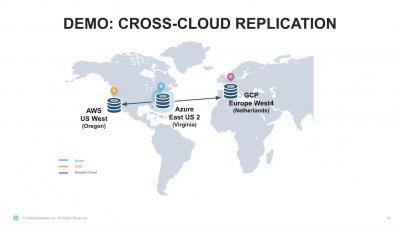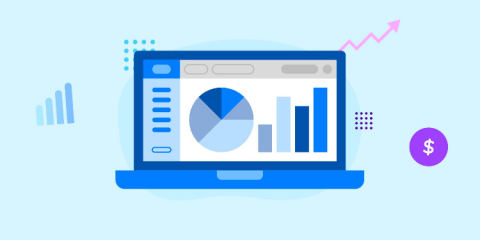Systems | Development | Analytics | API | Testing
Analytics
Increase Data Team Efficiency With a Modern Data Stack
For high-growth companies, building a focused, priority-driven analytics team is mission-critical.
Exploding arrays in Kafka with lateral joins
In this article we are going to explore lateral joins. "What is a lateral join?" you may ask. It's a new kind of join that allows to extract and work with the single elements found inside an array, as if the array was a normal table. Lenses 4.1 comes with a lot of new features that make your life easier when working with arrays: we introduced 6 new functions to work with arrays, better support for array literals, and lateral joins.
Data-driven Software Engineering Management. Which Data??
Leading software organisations with data-driven insights? Sure! Bring it on! But how? And where to get the right data from? Learn how to unlock your software engineering teams treasure trove of data for better decisions making. It is easy to get behind the idea of data-driven decision making in the software engineering world.
Hadoop vs. SQL - Which is Better for Data Management?
The key differences between Hadoop vs. SQL: Organizations rely on big data to power their business, but many teams struggle with the complexities of data management. Thankfully, Hadoop and SQL handle large data sets more efficiently. These tools manage data in unique ways, which makes it difficult for us to compare them on a like-for-like basis. However, organizations looking to streamline their tech stacks might have reason to choose one over the other. In this article, we compared Hadoop vs.
Top 4 Reasons Why You Should Upgrade Your Stream Processing Workloads To CDP
If there’s one thing enterprises have learned in 2020, it’s how to navigate through uncertain times, and in 2021, organizations will likely have to continue navigating through a shifting landscape. One trend that we’ve seen this year, is that enterprises are leveraging streaming data as a way to traverse through unplanned disruptions, as a way to make the best business decisions for their stakeholders.
Building a 360° View of the Customer at Huel
Data Scientist Jay Kotecha and Ecommerce Director Ollie Scheers share how they use data to meet Huel’s mission: Make Customers Happy.
16 Ways to Calculate the ROI of Your SEO Campaigns
Chartio and Xplenty: Business Intelligence for Smart Companies
We're living in a data-driven age. In every sector, we've seen new companies emerge, executing lightning-fast strategies based on sophisticated analytics. These data mavericks have disrupted and sometimes even devoured their more traditional rivals. To stay afloat, you need a state-of-the-art data infrastructure. That means having the right platforms, the right data pipelines, and the right analytics engines. But when you have all that data, what do you actually do with it?
Covid Data: An anomalous blip, or the new normal?
COVID-19 has forced virtually every industry to embrace an acceleration in digital capabilities. While it can be argued that digital transformation was already underway; it’s hard to dispute that it has accelerated in recent months. A recent McKinsey survey, cited in CRN, shows that worldwide, 58 percent of customer interactions were digital as of July 2020.









